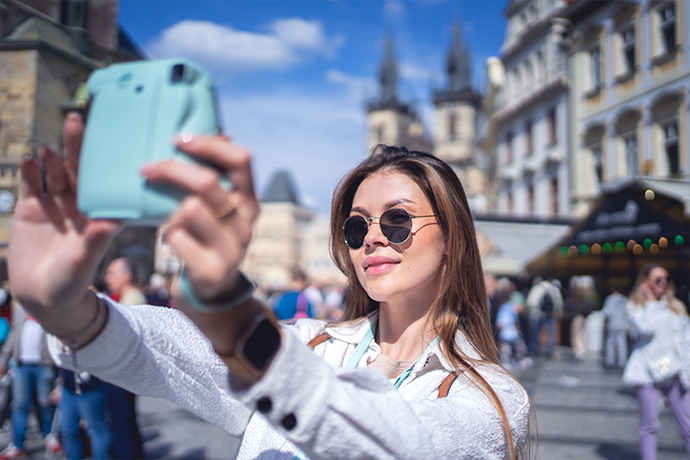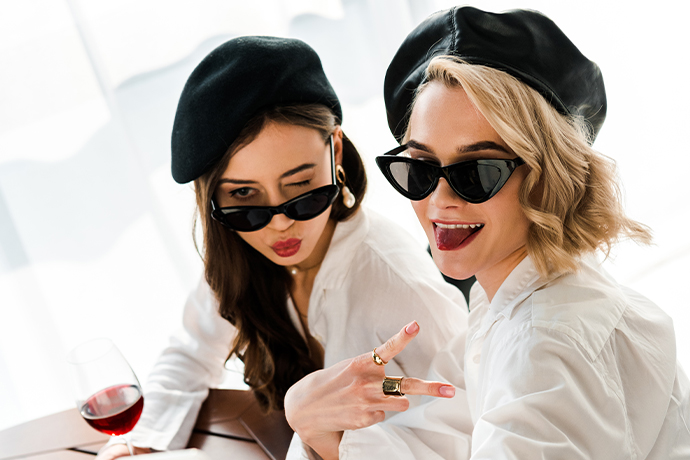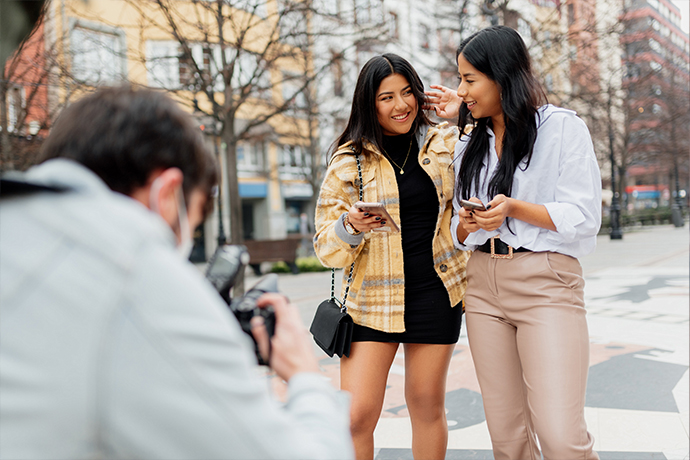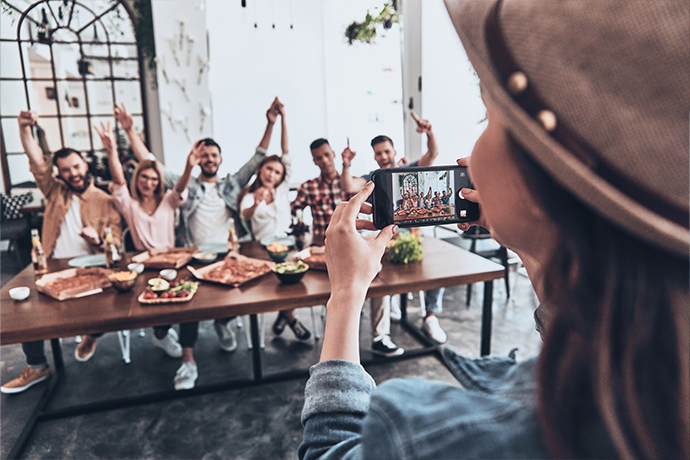 SPEAKERS
SPEAKERS
 TOPICS
TOPICS
Social media influencers are reshaping consumer behavior and cultural trends. Their impact on brand-consumer interaction is profound, but drawbacks exist.

In the moving technological trends, social media influencers play a crucial role in influencing consumer behavior and shaping cultural trends from lifestyle to beauty to how people interact with technology and beyond. This has brought a different culture on how brands interact with their consumers and changed how people receive and adopt new ideas.
Let's look at the impact of influencers and how they have impacted our cultural trends, what makes a successful influencer, and what drawbacks influencers have on shaping cultural trends.

Amazingly, influencers have a big say on what’s popular and what's not. So, here are 12 ways they shape cultural trends:
The youth terminology that influencers introduce, such as slang, catchphrases, and speech styles, spreads into general public communication. From internet memes to the latest hashtags, influencers influence the usage of language and many aspects of digital culture, and the virtual environment is becoming even more varied.
Many people use their platforms, like brand endorsements, to establish new brands, products, and businesses. Through influencer e-commerce, an influencer displays their expertise and creates products and services that speak to the needs of their followers.
Nowadays, it is normal for celebrities to get involved with the brand. By associating with the influencers whose values approximate their own, brands can effectively strike a chord with their target audience and communicate it more credible and real-life-like.
Mutual media personalities and brand endorsements provide the potential for brands to gain from the trust and lure of the social media world while encouraging sales and advertising.
Besides shifting consumer behavior, influencers are also the key people who shape the values and norms of culture. The influencer’s content could initiate discussions on important societal matters, disprove stereotypes and promote diversity and inclusion.
Influencers can be more effective in changing situations for the better by using their platforms to amplify underrepresented voices and support different movements that will outlast them.
It is important to note that the influence of fashion and beauty bloggers has extended far beyond wardrobe choices and makeup tips into lifestyle decisions such as those relating to wellness, travel, interior design and entertainment.
These influencers impact how their followers’ lives simply by sharing their experiences and suggestions or recommendations on what others can do. Influencers are capable of inspiring people to adopt plant-based diets, discover new exotic tourist destinations, or even accept minimalism besides being a norm-changer.
Besides steering consumer tastes, there is an increasing tendency among influencers to use their platforms for social causes and activism. Thanks to the power they have through social media platforms, they can mobilize us –their audience- around issues like:
Within the fashion and beauty industry, these online personalities significantly affect what others wear or use regarding looks and style orientation. Through sponsored content, product reviews, and exposing our followers to different trends in dressing and how they dress themselves in photographs, we find out about new brands in the market today as well as fashionable clothes.
Beyond new genres like fitness, sports, and travel influencers, there is also a growth in other unexpected influencer markets. Currently, many influencers of gaming, fitness, parenting, and even personal finance become increasingly popular.Besides that, diversification enables influencers to address the requirements of specific audiences and decide the trends within these niche communities.
The influencers have access to multiple platforms to showcase cultural representation and diversity by creating social awareness, which is a tool to amplify voices from marginalized communities.
Representing diverse realities and viewpoints, influencers contribute to producing a more inclusive cultural environment, which, in turn, allows other stereotypes to be deconstructed and fosters more tolerance and understanding.
Influencers are pretty good at meeting up with their followers in offline settings, such as meet-ups, plans, and workshops, with the same purpose of the interaction. These ways of companionship make it possible to reach the people for their role models authentically, and strengthen the bond with the followers.
The trending of hashtags by social media users provides quick and widespread participation in movements established by social media influencers.
In social media, influencers drive cultural conversions and social change simply by uniting people around shared experiences or goals or by starting conversations about a cause.
Cross-cultural exchange over media has become easier to get by introducing influencers from different regions of the world to share ideas and work together. Through international partnerships and collaborations, influencers are creating the globalization of trends and ideas consequently helping connect people by crossing cultural gaps and opening an opportunity for cultural sharing worldwide.
Influencers is very vast and versatile, but there are some traits and strategies that make them successful:

Social media influencers are the key in building cultural capital in different fields. Through their artlessness, empathy, and power to inspire, influencers have the potential to induce millions of people globally to learn new concepts, products, and experiences.
In the meantime, social media plays an ever-changing role, and the fact remains that influencers affect the shape of cultural trends and will continue to shape our world in the years to come.
